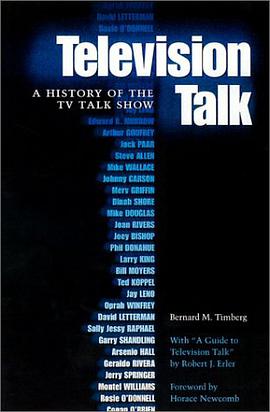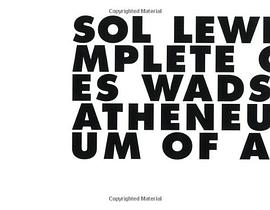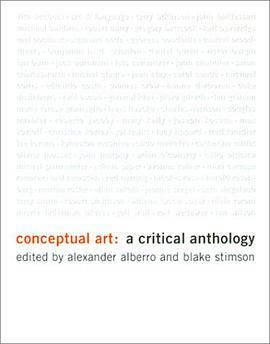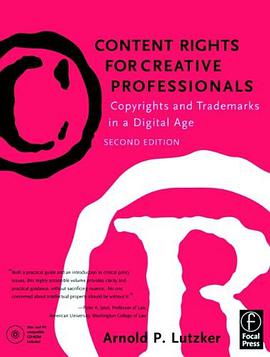

In this wide-ranging study, David Craven investigates the extraordinary impact of three Latin American revolutions on the visual arts and on cultural policy. The three great upheavals - in Mexico (1910-1940), in Cuba (1959-1989), and in Nicaragua (1979-90) - were defining moments in 20th-century life in the Americas. Craven discusses the structural logic of each movement's artistic project - by whom, how, and for whom artworks were produced - and assesses their legacies. In each case, he demonstrates how the consequences of the revolution reverberated in the arts and cultures far beyond national borders. The volume not only examines specific artworks originating from each revolution's attempt to deal with the challenge of "socializing the arts", but also the engagement of the working classes in Mexico, Cuba and Nicaragua with a tradition of the fine arts made newly accessible through social transformation. Craven considers how each revolution dealt with the pressing problem of creating a "dialogical art" - one that reconfigures the existing artistic resource rather than one that just reproduces a populist art to keep things as they were. In addition, the author charts the impact on the revolutionary processes of theories of art and education, articulated by such thinkers as John Dewey and Paulo Freire. He discusses the view of the Latin American revolutionaries, from artists to political leaders, who defined art as a fundamental force for the transformation of society and who bequeathed new ways of thinking about the relations among art, ideology, national culture, revolution and class.
具体描述
读后感
评分
评分
评分
评分
用户评价
相关图书
本站所有内容均为互联网搜索引擎提供的公开搜索信息,本站不存储任何数据与内容,任何内容与数据均与本站无关,如有需要请联系相关搜索引擎包括但不限于百度,google,bing,sogou 等
© 2025 book.wenda123.org All Rights Reserved. 图书目录大全 版权所有




















